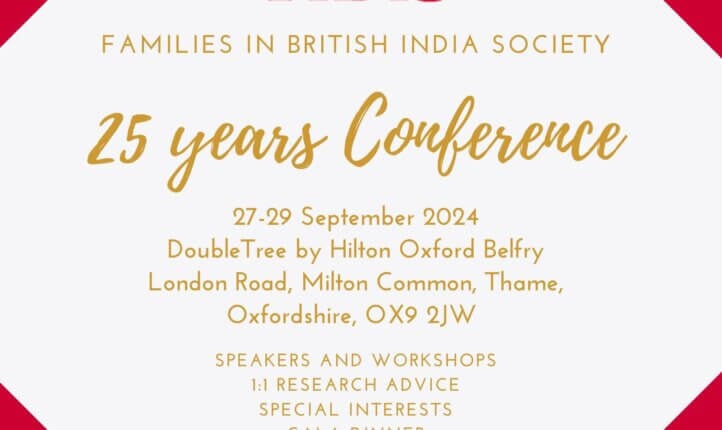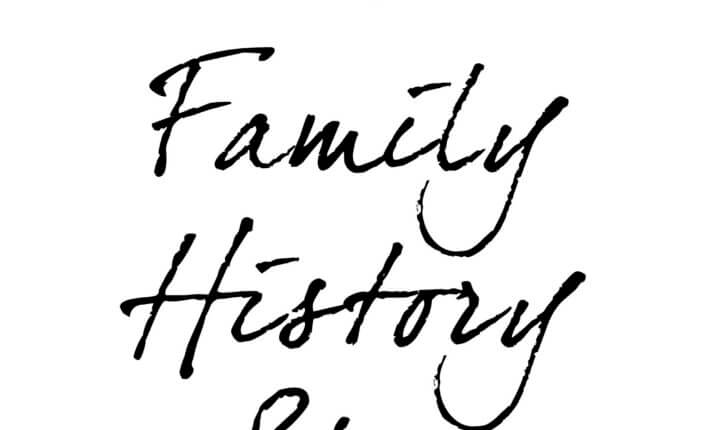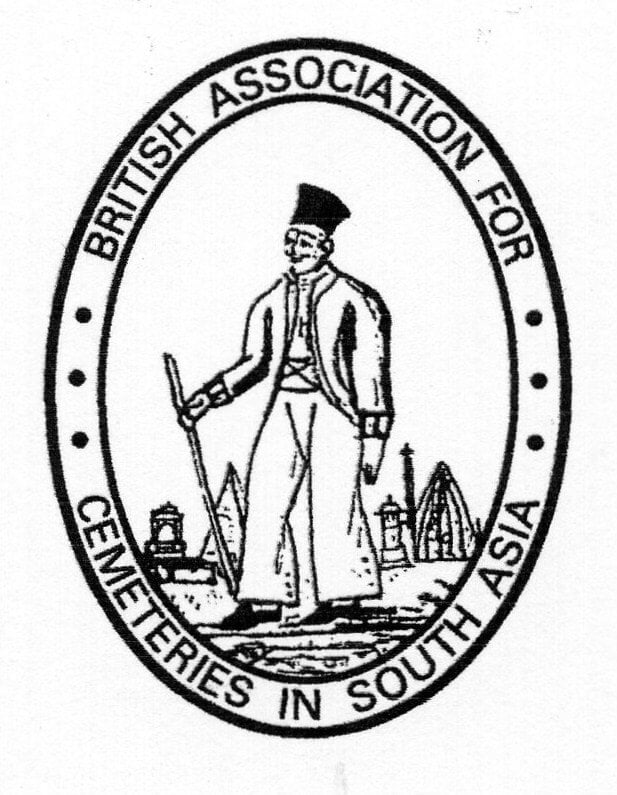
FIBIS Blog
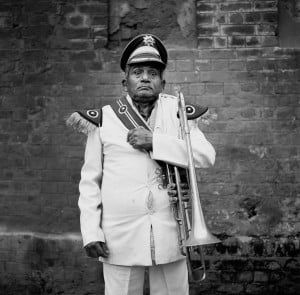
“ People of Indiaâ€, Jason Scott Tilley ‘s photographic exhibition, was officially launched last night at the Herbert Art Gallery, Coventry.
FIBIS members who attended the conference earlier this year might remember seeing Jason and a small selection of his work.
For a detailed explanation of the background and philosophy of the exhibition, please see the press release.
The setting was appropriate. The Herbert Art Gallery, a bright, modern glass building, sits opposite the shell of the original Coventry Cathedral, bombed in 1940, and its modern replacement.
The exhibition features three series of photographs, ranging across three centuries with the first two covering key moments in India ‘s history.
The first chronologically, a selection from those commissioned during Lord Canning ‘s time in office, was published between 1868 and 1875, post-Mutiny and into the period of British governance. With the focus on ethnography, they were taken to demonstrate different regional characteristics.
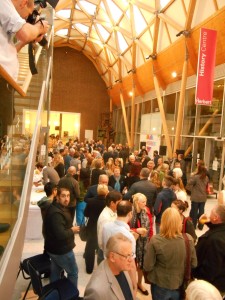 The second group were those of Jason ‘s grandfather, Times of India photographer Bert Scott. These included both personal and official shots, leading up to another period of great change, the years up to 1947 and Partition. They range from friends on the beach to Lord Mountbatten on official visits.
The second group were those of Jason ‘s grandfather, Times of India photographer Bert Scott. These included both personal and official shots, leading up to another period of great change, the years up to 1947 and Partition. They range from friends on the beach to Lord Mountbatten on official visits.
Jason ‘s own photographs were a stunning collection of individual portraits. As Pete James, Curator of Photography Collections at Birmingham University, noted in his introduction, Jason had clearly established a rapport with his subjects. These are not random snaps.
All of the photographs are accompanied by clear notes, mercifully factual and unpretentious, to establish the occasion or person involved and the technical process used.
In addition to the photographs, there were showcases of Bert ‘s family photograph albums and also of his press cuttings, with a display of a few military papers, his medals and, of course, his camera. The albums included wartime photographs from his time in Burma.
Having family connections across the periods documented, I found these personal items fascinating.
It was also interesting to me as FIBIS Transcriptions Coordinator that photographs from the 1850s and 1860s echo FIBIS projects undertaken during my time. One of these was the indexing of photographs which the British Library kindly gave us, which included many under the label “ ethnographyâ€. The other was the conversion of the calendar listing Lord Canning ‘s correspondence dealt with by his private secretary, which is now available on our website.
If you are in the area, I recommend that you make time to view the exhibition.
If you would be interested in a group visit, perhaps linked to a talk, workshop or meal, please contact Penny Tipper, etc.
